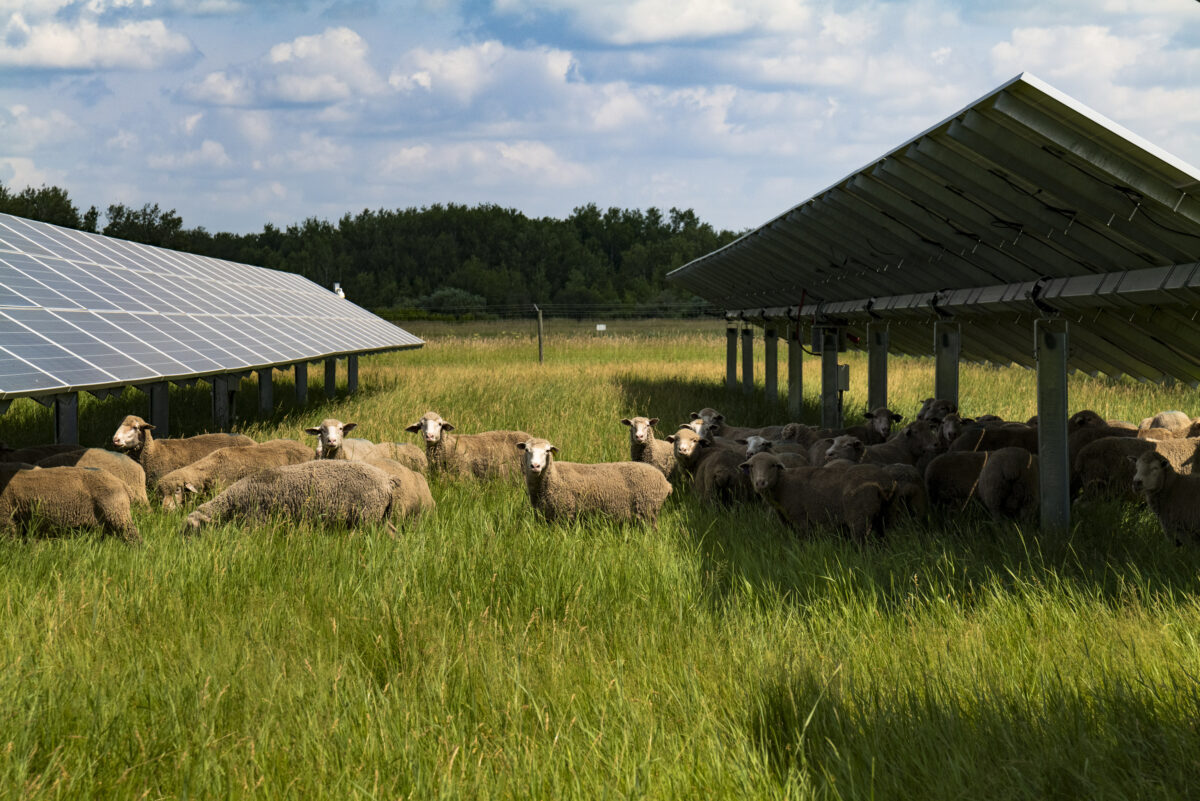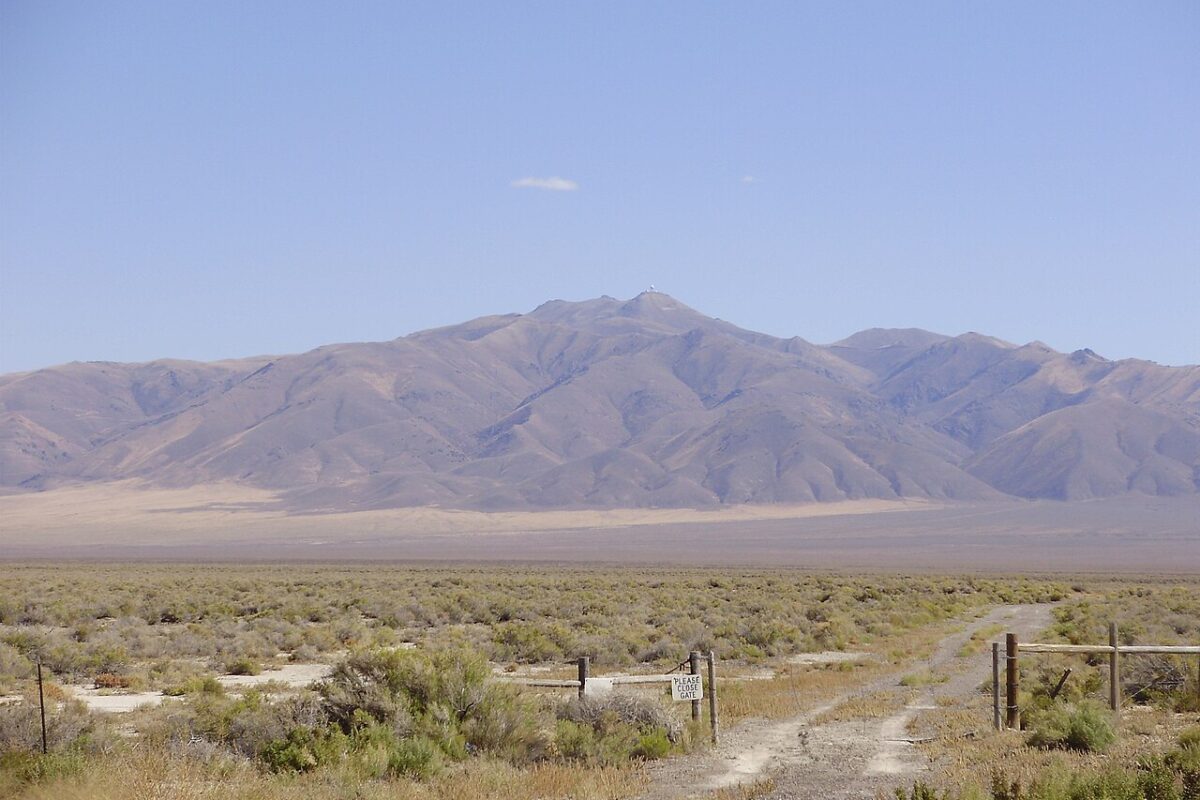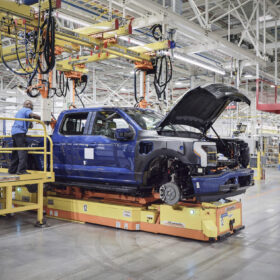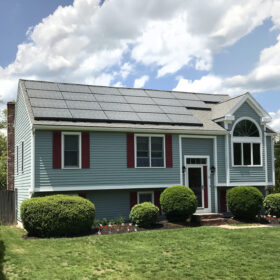Addressing global demand for energy and combating climate change requires an acceleration of clean energy deployment and decarbonization. Renewables, often when combined with storage, will play an increasing and positive role toward wildlife and ecosystems. As we celebrate this 55th Earth Day, our collective work has never been more important.
The growth of renewable energy has advanced quickly in recent years. The United States alone installed a record-breaking 50 gigawatts of solar capacity in 2024 – more than any energy technology had added in more than two decades. This surge in clean energy deployment has been underlined by the market demand and increasing commitment by organizations, especially corporations, to address climate change and achieve net zero emissions goals. However, according to the International Energy Agency, the world still needs to triple its global renewable energy capacity by 2030 to achieve net zero emissions from the energy sector by 2050.
As many are working to advocate toward this ambitious expansion, we must also meet this opportunity to ensure renewable energy is sustainable. While combating climate change and reducing greenhouse gas (GHG) emissions are critical, we can do more by modernizing an energy system that protects and strengthens the natural world — not one that trades one set of environmental externalities for another.
The most sustainable renewable energy projects go beyond power generation to embrace a broader, more holistic environmental vision that protects and enhances habitats, supports wildlife, and enables ecosystem services. Through design, engineering and adoption of circular economy principles, renewable energy technologies can evolve from a climate-action solution to an integrated solution that creates shared benefits across communities and the ecosystems we depend upon.
Renewable energy creates environmental co-benefits
When developed with sustainability at the center, renewable energy installations exist symbiotically with their surrounding environments. Yes, solar arrays and wind farms modify landscapes, but these interventions can be guided to create new opportunities and co-benefits such as wildlife habitat and biodiversity enhancements, agrivoltaics or the co-location of solar with agricultural services, and public health benefits in the form of reductions in local air pollutants, including particulate matter.
Each project exists within a unique ecosystem that requires specific consideration and planning. Land, soils and waters vary by region, therefore, there is not a one-size-fits-all solution for maximizing environmental co-benefits for renewable energy technologies.
Creating ecologically beneficial renewable energy projects also makes sound business sense. Projects that incorporate multiple land uses forge stronger ties to local communities. When solar farms support agricultural production or onshore wind facilities enhance ranching income, they contribute to regional economies beyond power generation. Farmers and ranchers gain income stability, local businesses find new opportunities for growth, and communities benefit from clean energy and strengthened natural and human capital.
Innovations in nature-positive energy
The renewable energy industry continues to develop approaches that actively improve ecosystems rather than simply avoiding harm. Several innovative models have emerged across the industry in recent years.
Agrivoltaics exemplifies this approach. This practice includes growing and cultivating traditional and specialty crops beneath and between solar panel arrays, animal husbandry, and even hosting honeybee apiaries at solar sites. According to the Open Energy Data Initiative and InSPIRE Research Project, there are nearly 600 agrivoltaic sites nationwide representing more than 64,000 acres and 10,000 megawatts of solar power, figures likely underrepresented and growing each year.
Ecovoltaics — the co-location of solar power with ecological conservation — has also shown remarkable promise. Researchers at the U.S. Department of Energy’s Argonne National Laboratory and NREL found substantial biodiversity improvements after a five-year study at Enel North America’s Aurora solar farm. Two solar facilities in Minnesota were restored with native grasses and are listed as meeting Minnesota’s Habitat Friendly Solar Program standards. By the end of the study period, total insect abundance had tripled, while native bees showed a dramatic twentyfold increase. The research demonstrated that solar installations can become thriving ecosystems that support pollinators essential for agricultural production.
The innovations extend beyond solar energy. Enel recently introduced the WinDesign challenge, inviting architects, engineers, designers, and creatives to redefine the design of wind turbines to make them more functional and allow them to blend into landscape while respecting local environments. The two-phase contest will conclude in June, with €250,000 in first prize money on the line.
Building a sustainable energy future
For many, creating a truly sustainable energy future requires us to rethink how we conceptualize the relationship between infrastructure and natural systems. Through careful planning, continual improvement, and adoption of advanced technologies, renewable energy projects have already demonstrated that they can establish balance between increasing energy demand and ecological health.
In Minnesota, the restoration and management of native grassland vegetation beneath ground-mounted solar energy facilities both protected biodiversity and restored related ecosystem services.
In Texas, the advent of solar grazing has enabled sustainable and safe vegetation management at solar facilities while supporting the livelihoods of individual ranchers.
This appreciation for regional and technology-based ecological contexts demonstrates that environmental enhancement through renewable energy demands thoughtful adaptation rather than one-size-fits-all solutions. The resulting projects minimize environmental impacts and positively contribute to ecosystem health and resilience.
As the renewable energy transition accelerates, we have an opportunity to strengthen our relationship with nature. Expanding renewable energy capacity and enhancing ecological integrity are not mutually exclusive goals. By integrating ecological principles into the full value chain of renewable energy deployment, we can create systems that restore and enhance natural processes while generating the clean power that society and the Earth deserve.
As famed American ecologist Aldo Leopold wrote in A Sand County Almanac (1949), “Land then, is not merely soil: it is a fountain of energy flowing through a circuit of soils, plants and animals.”

Marcus Krembs is head of external relations and sustainability at Enel North America, a clean energy company with a mission to combat the climate crisis and build a zero emissions future in the U.S. and Canada..
The views and opinions expressed in this article are the author’s own, and do not necessarily reflect those held by pv magazine.
This content is protected by copyright and may not be reused. If you want to cooperate with us and would like to reuse some of our content, please contact: editors@pv-magazine.com.








By submitting this form you agree to pv magazine using your data for the purposes of publishing your comment.
Your personal data will only be disclosed or otherwise transmitted to third parties for the purposes of spam filtering or if this is necessary for technical maintenance of the website. Any other transfer to third parties will not take place unless this is justified on the basis of applicable data protection regulations or if pv magazine is legally obliged to do so.
You may revoke this consent at any time with effect for the future, in which case your personal data will be deleted immediately. Otherwise, your data will be deleted if pv magazine has processed your request or the purpose of data storage is fulfilled.
Further information on data privacy can be found in our Data Protection Policy.